Unlock the power of backlinking to elevate your search engine rankings and drive organic traffic. Learn proven strategies to build quality backlinks and enhance your online visibility.
Get Some HelpSEO can be one confusing topic.
Sure, there are elements that make a lot of sense - like the use of keyword research. Backlinks on the other hand, may be something you'd never even considered.
Backlinks are a pillar of modern digital marketing. SEO experts are frothing over them in 2022, because when done right they are unstoppable.
Let's give you a brief run down to start with.
What Are Backlinks?
In the world of online marketing, backlinks are one of the most important factors for improving your website's Google ranking.
Backlinks are simply incoming links (or inbound links) to your website from other websites. When someone links to your content, they are effectively giving you a vote of confidence. Google's search engine algorithm and other search engines, see this as a positive signal and as a result, your site will be given a boost in the search engine results pages (SERPs).
Mastering the backlink is art form.
In this blog post, we will discuss what backlinks are, how they work, and some of the best ways to get them.
Dofollow and Nofollow Links
Dofollow... is that even a word? Yes, in the context of web design it is!
There are two types of backlinks: dofollow and nofollow.
Dofollow links are the most valuable type of backlink. They pass link juice (or SEO value) to your website, helping your web pages to rank higher in search engine results pages (SERPs) and increase your organic growth.
Nofollow links do not pass any link juice, so they are not as valuable as dofollow links. However, they still have some SEO value and can help to improve your site's rankings and organic traffic.
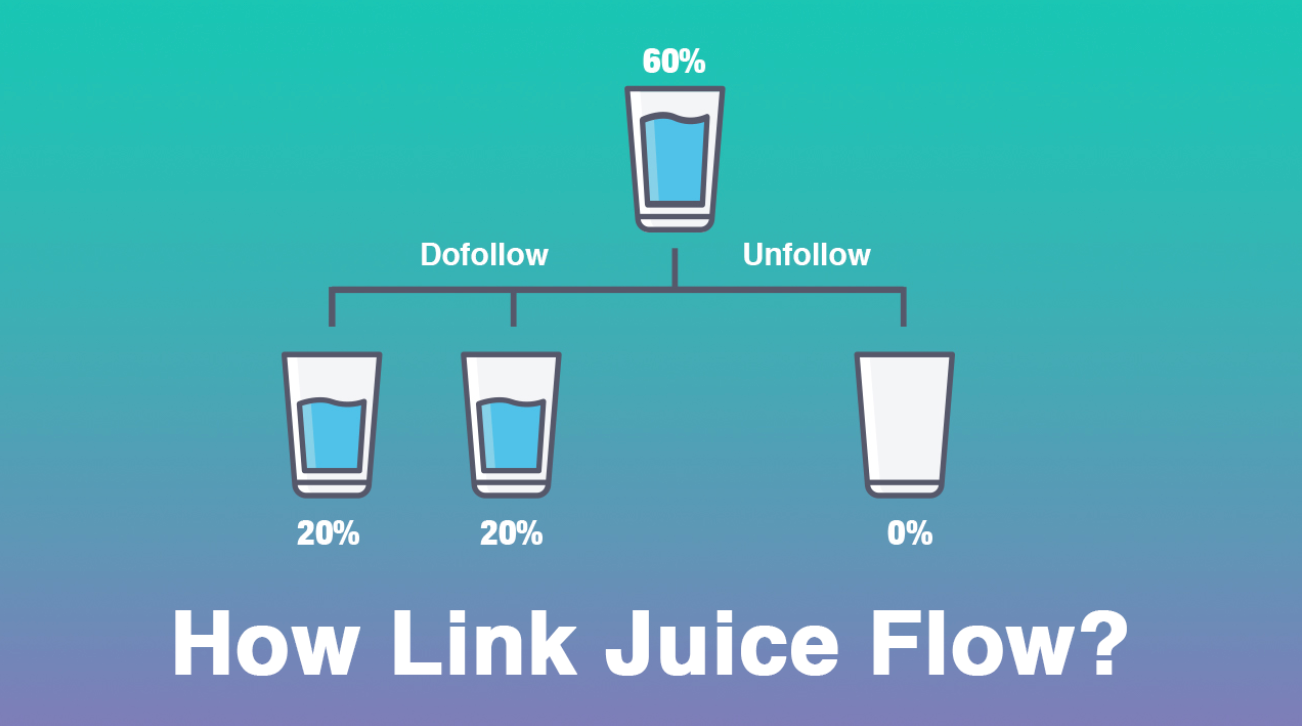
DoFollow versus NoFollow
So which type of backlink should you aim for? Dofollow links are the more valuable option, but nofollow links can still be beneficial to your website. If you can't get a dofollow link, aim for a nofollow link instead.
It was once believed that a nofollow tag provided no SEO value. It's now understood that this is a myth. The theory is that Google still recognises nofollow links, and therefore have built this into their algorithm - so much that the pure fact Google has recognised the nofollow link at all, still helps to boost rankings.
The main takeaway here is to use both types of links, and ensure that the site you're getting the link from has a high domain authority (DA) and is relevant to your particular niche.
Quantity vs Quality Backlinks
So how many backlinks do you need?
There is no definitive answer to this question as it depends on a variety of factors, such as the competitiveness of the niche, the quality and relevance of the backlinks, etc.
However, generally speaking, the more high quality backlinks you have, the better your Google ranking and organic growth will be.
What you need to focus on is steady growth. Think about how Google sees this - when one website makes the initial link to your website, then more websites will soon discover you and link too. This is the nature of link building and obviously there is a compounding effect.
To highlight the power of the compounding effect of backlinks, check out Pixel's link building below.

Pixel's growing backlinks over time
Obtaining fifty backlinks in a single month is going to raise red flags with Google, as this is highly suspicious of spam or purchased backlinks - a very disingenuous backlinking process. Slow and steady growth in the number of quality backlinks is the most important thing to remember.
Aim for five to ten in your first month of operation, then ten to fifteen in your second month, and so forth.
Not All Backlinks Are Created Equal
As we pointed out above, the quantity of backlinks is not nearly as important as the quality.
It would be super easy to spam every backlink you could get your hands on; everyone would have enough SEO to fuel a rocket destined for the moon.
Crafting The Perfect Backlink In a Nutshell
The best kinds of backlinks are ones crafted with the following in mind:
- Make sure your site is optimised for search engines like google. This will help you attract more high-quality backlinks.
- Get involved in relevant online communities and forums where you can share your content and build relationships with other bloggers and website owners.
- Use social media to spread the word about your content and attract attention from potential link partners.
- Make sure your content is of the highest quality possible and provides value to your readers.
- Monitor your backlink profile regularly and disavow any low quality or spammy links that could hurt your rankings.
The Anchor Text
The cnchor text is the clickable text in a hyperlink. When you click on it, you're taken to the website or page that's been linked to.
It is used by search engines to determine the relevance of a page. If you have relevant anchor words linking to your page, it tells the Google that your page is important and should be ranked higher.
There are a few different types you should know about.
Plain or "Exact Match"
Exact match anchor text is just the text you type in, with no special formatting. For example, if you wanted to link to this blog post, you would just type "The Backlink: Boost Your Search Engine Rankings and Organic Traffic" in plain text, with a hyperlink.
Partial Match
Partial match anchor text is when you use part of the text from the other page or site as your anchor.
For example, if you wanted to link to a blog post about SEO, you might use the phrase "SEO tips" as your anchor text. This tells the reader that they can click through to a blog post about SEO tips, without having to type the whole URL into their browser.
Phrase Match
Anchor text with a phrase match is text you use to hyperlink to another web page or site with the same phrase in the anchor text.
For example, if you wanted to link to a page about dogs, you could use text that says "dogs" or "pets" so that the reader will be taken to a page about dogs or pets when they click on the link.
Random
Random anchor text is when you choose a variety of non-specific anchor texts for your links. This could include things like "click here", which makes you look like a more natural linker and it can also help you avoid being penalised by Google.
Branded
Branded text is the use of a company or brand name as the anchor text for a link. It is a strong signal for the search algorithms, that the linked pages are from quality websites with a high domain ranking.
This link building strategy can be used to increase the ranking of a site for its branded terms, as well as improve the click-through rate (CTR) for those terms too. This is often how top linking sites get to where they are.
Unlinked brand mentions have their place too, and by incorporating a mix of both, you'll appear genuine and not spammy.

Good vs Bad anchor text
In terms of the proportion of various anchor text subtypes goes, its best to avoid overstuffing of exact match and partial match phrases. It is more desirable to use a larger volume of branded anchor text, as this is more genuine and therefore less "spammy" - which is obviously something we want to avoid at all costs.
Below is a great pie chart, showing the optimal distribution of anchor text.
Ideally, more than half of all your backlinks should be branded, while very little anchor words should be exact and partial match.
Whats even better is that there are platforms, which show you the ideal distribution for your particular niche or industry. Serpstat is one of many websites that offer this free tool.
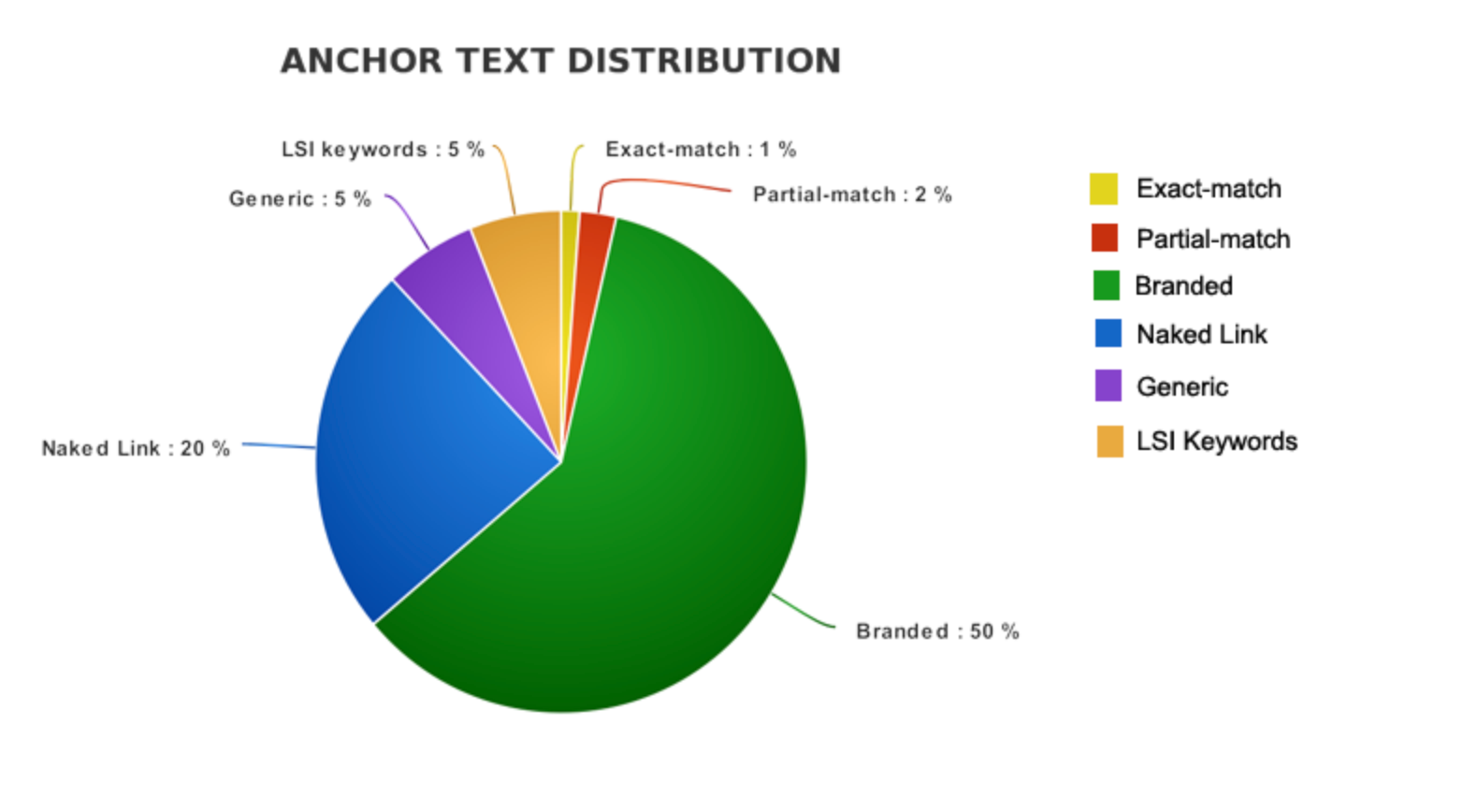
Backlinks Are The Key To Search Engine Optimization
You're probably thinking "okay okay, you've got me interested.. but how does link building help my ranking?"
We're so glad you asked.
The one thing that will help you stand out from your competitors, is a strong link building campaign.
Google looks at a variety of factors when ranking a website. One of these factors is the number and quality of backlinks to your site.
A high number of backlinks from authoritative websites tells Google that your site is a valuable resource and should be ranked higher.
Additionally, a high domain rating (the measure of a website's overall popularity) indicates to Google that your site is trustworthy and authoritative.
By having both a high backlink profile and domain rating, you can increase your site's ranking position in Google search and drive more organic visitors to your site.
How Do You Build Successful Backlinks?
Building backlinks does not have to be hard. In fact, if you work smart it can a rather enjoyable process.
Showcase Your Expertise
Blogging (like we do on a regular basis) is a great way to build backlinks because it allows you to create content that is both informative and engaging, which can then be shared with other bloggers and website owners.
It really shows that you are an expert in your field; that you have authority. Google search console loves this.
In addition, blog posts are typically indexed by search engines, which means that they can help to improve your site's visibility online.
We've got a blog post you can read on nailing the art of blogging.
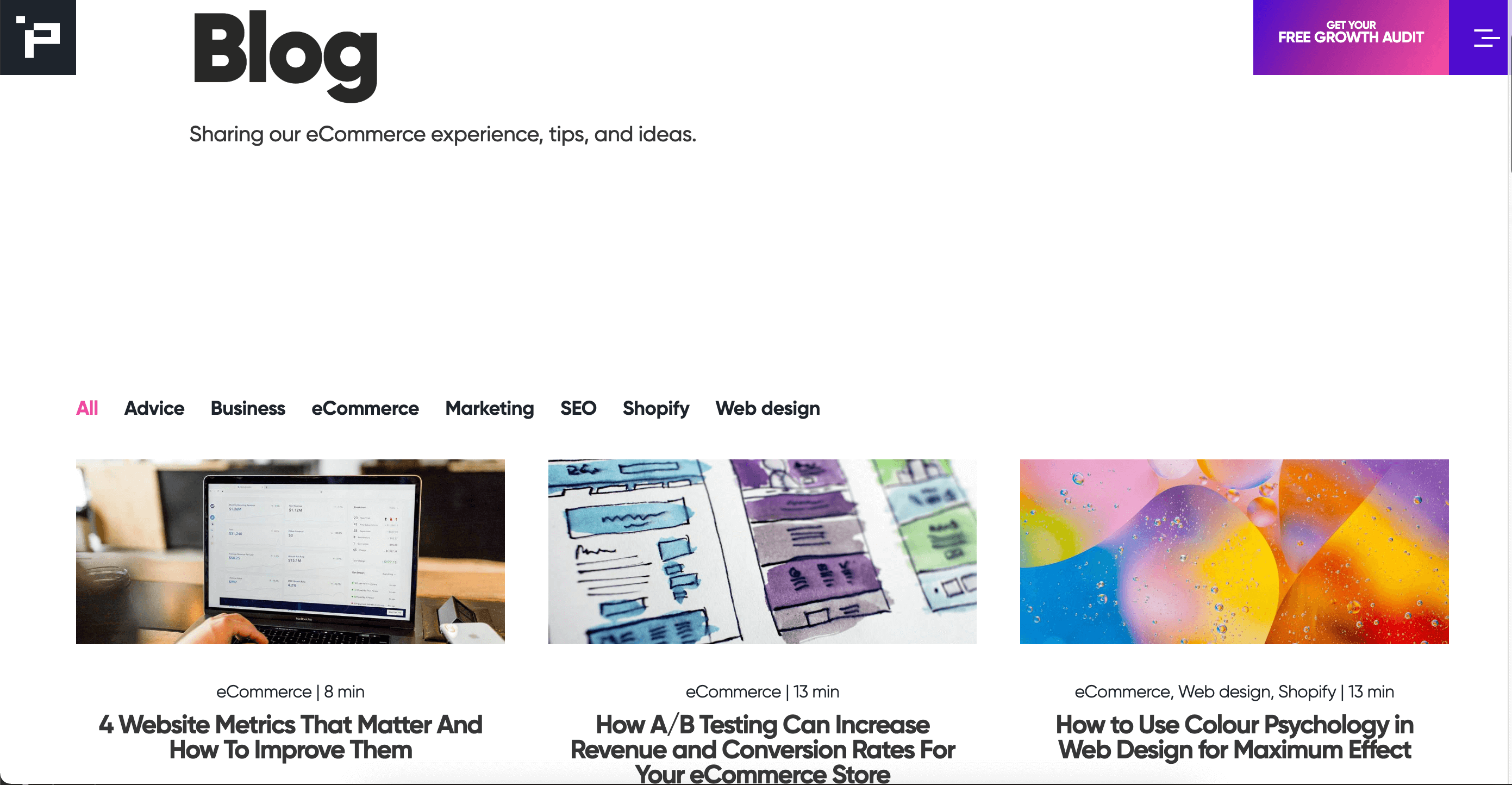
Pixel's blog
Start Guest Blogging
Guest posting is one of the most effective ways to build backlinks because it allows you to post high-quality content on another website with a high Domain Authority.
This helps to improve your website's own Domain Authority and can result in a boost in organic growth.
If you do this, ensure you include branded backlinks to highlight your business.
Another great option is to get involved in the blog comments. This indicates that you are active and engaged as a site owner, and this will inevitably make others curious enough to search you up. This is the easiest referral traffic you'll ever have.
Local Citations
One of the simplest ways to gain credible backlinks is by being listed on local online directories.
If you use major search engines like Google, you can run various websites through free tools like Ahrefs - which gives you a great idea of the domain score. You can then sign up to have your business listed, via a contact form.
We'd recommend taking a look at your competitors backlinks, to work out which referring domains they are listed on. Chances are you can get in contact and have your name added too.
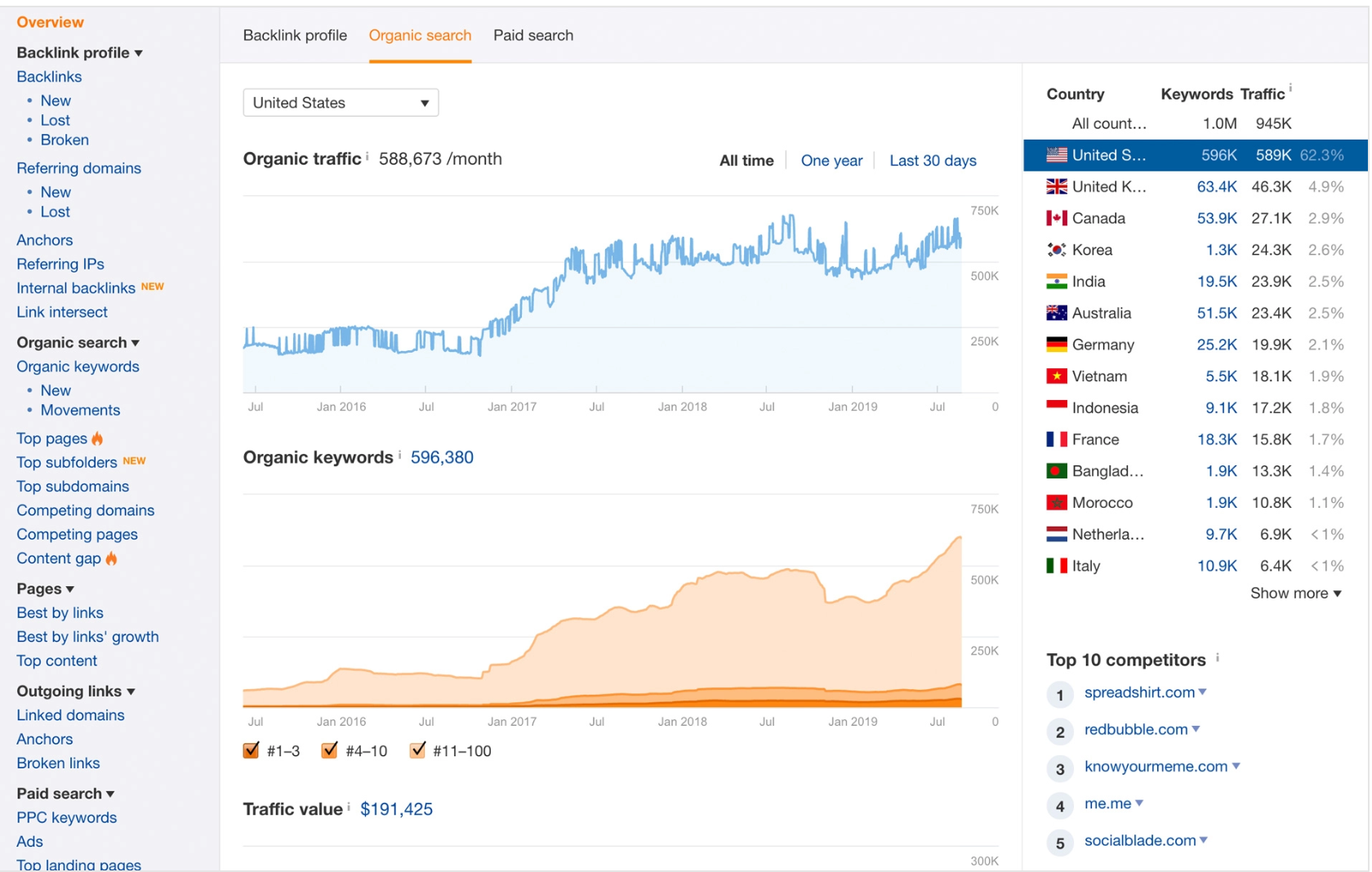
The "What Not To Do's"
There are a few things you need to be careful of when crafting backlinks, as Google does sometime punish websites for not being above board.
Dont Let Your Backlinks Fade Into No-Mans-Land
After working so hard for valuable, high quality backlinks - the last thing you want to do is lose them forever.
Whether its broken links or pages, or something else - if you've lost backlinks, there are a few ways to try and get them back.
One option is to use a tool like Monitor Backlinks to keep track of your backlinks and see who's been linking to you.
If you see a site has stopped linking to you, you can reach out to them and ask why. You may be able to get the link reinstated if there was a mistake or misunderstanding.
Another way to regain lost backlinks is by creating new content that's worth linking to. If you have a great piece of content that's relevant to your target audience, other sites will be more likely to link to it.
You can also promote your content on social media and encourage others to share it.
Finally, you can try contacting the owner of the site that removed your link and ask them to reconsider. Sometimes all it takes is a polite request to get a link reinstated.
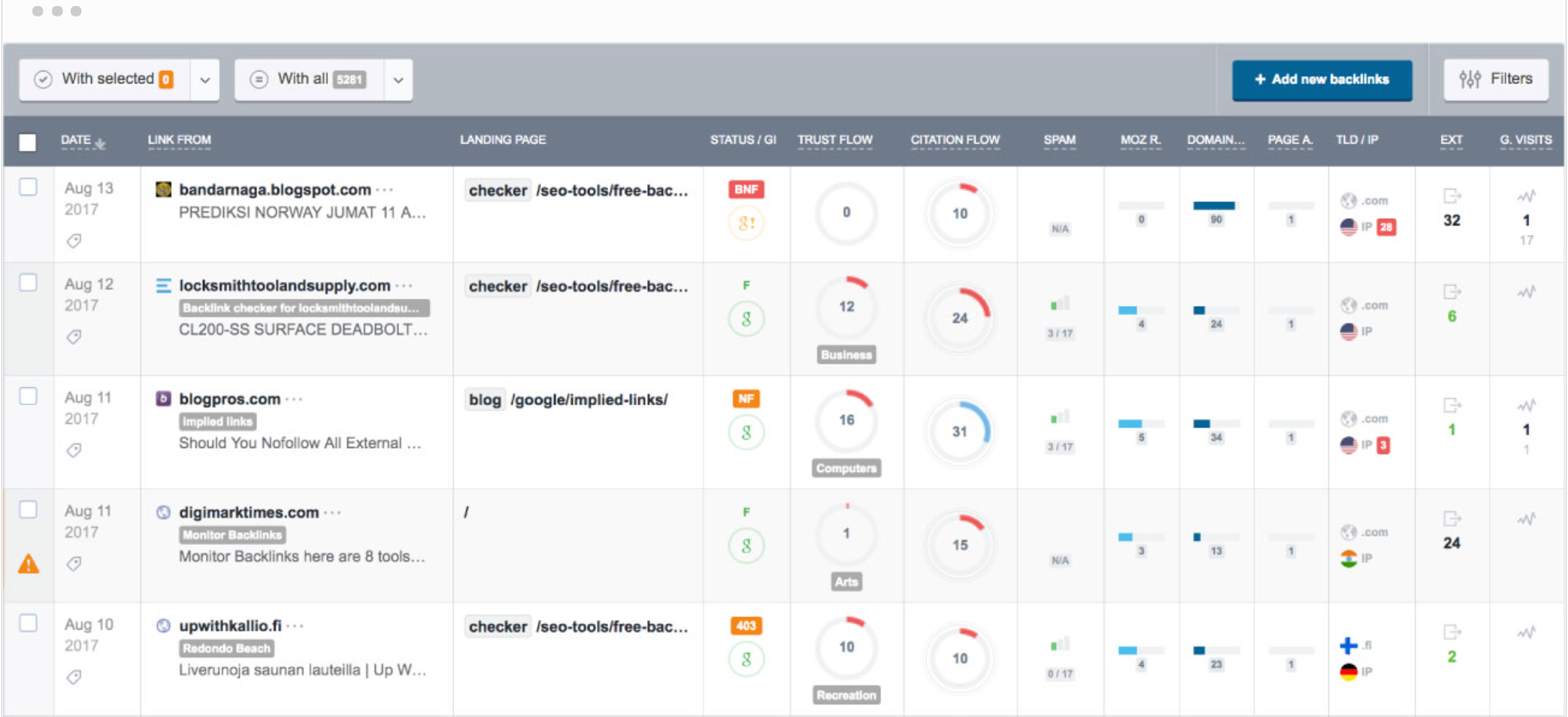
Dont Keep Toxic Backlinks
A toxic backlink is a link that has been acquired through illegitimate means, such as spamming or hacking.
Toxic backlinks can hurt your Google ranking and organic visitors, so it's important to remove them from your site as soon as possible.
Semrush have created a Backlink Audit Tool which makes this process very simple.
Essentially you run your backlinks list through the tool, and it will screen for and pick up on toxic signals - in fact, a massive 45 of them.
They've split the various signals into three seperate categories, which you can then decide to either whitelist, remove or disavow.

Dont Be Lazy With Link Building Opportunities
The process of link building is the process of acquiring links from other websites, to your own website.
This is done in order to improve your website's ranking on search engines, and to increase organic traffic.
There are a number of different ways to acquire links, including creating content that others will want to share, reaching out to other websites for link exchanges, and using tools like Help A Reporter Out (HARO) to get links from authoritative websites.
HARO is basically like Tinder for public relations. It connects people that need sources (bloggers and journalists) to people that want links and exposure (you).
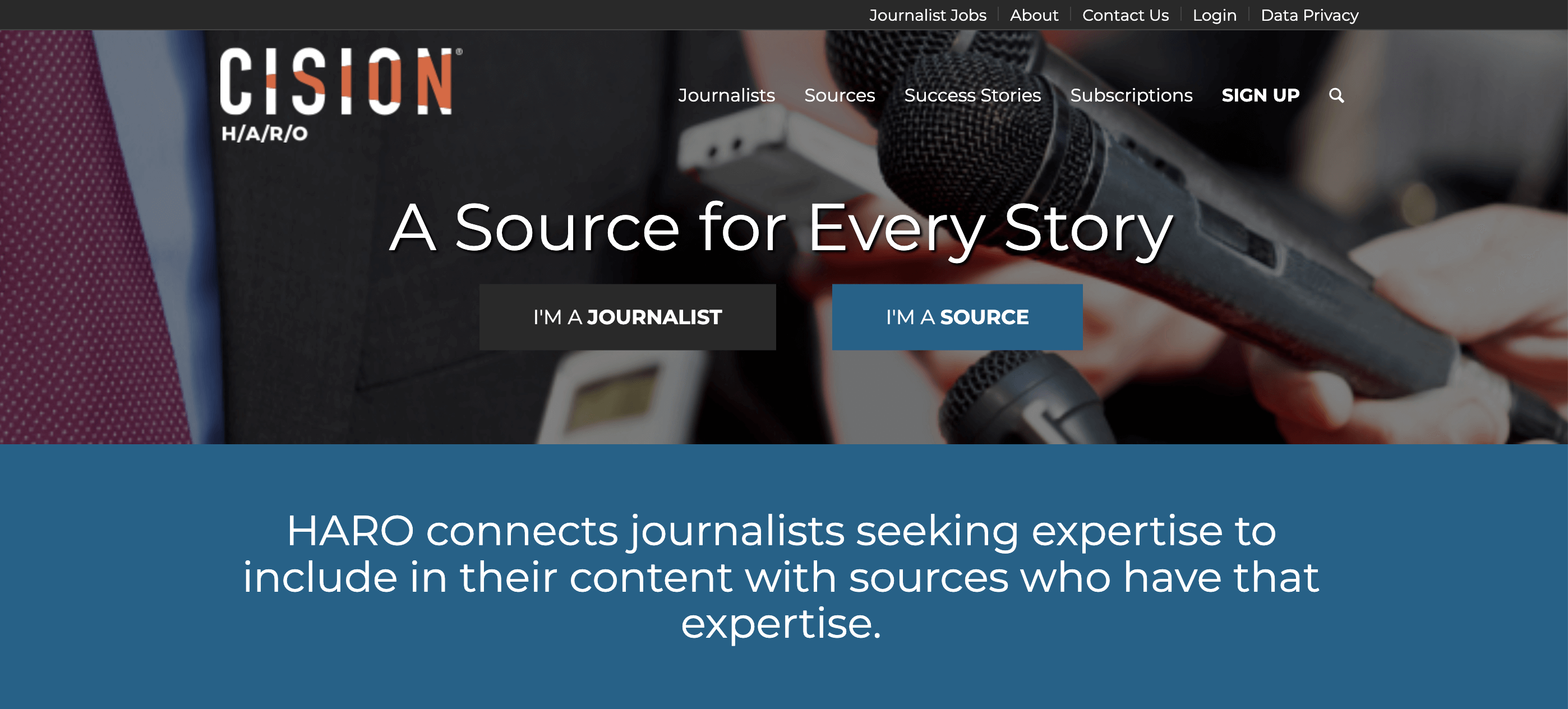
And of course, make sure you're doing competitive backlink research too.
Once again, Semrush has done the hard yards for us, developing a Link Building Tool thats allows you to explore new backlink prospects and also keep an eye on your own backlink profile.

Its worth noting that keyword research is still super important, even when optimising backlinks.
Semrush have one of the largest keyword databases on the market. To make use of this excellent keyword research tool, simply sign up using your email and get searching.
You'll be provided with a comprehensive breakdown of metrics for the keyword listed, including global and regional search volumes and intent analysis.
Below is an example of of the keyword research tool in action.

Don't Just Use Any Old Backlink
The truth is that most links are legitimate - however there are some backlinks that you should avoid using if you want to maximize the benefits of backlinking for your website.
Spammy Backlinks
One type of backlink that you should avoid are spammy backlinks.
These are links that are bought or exchanged for the sole purpose of increasing a website's ranking in search engines.
They are often created by using automated programs or services, and can result in a penalty from the Google algorithm if detected. Hands down, this is a terrible SEO strategy.
The types of links you'll want to avoid are from: penalised domains, those associated with 'bad areas' of the internet including gambling and sexual content, links from foreign language sites and those generated from link farms.
While Google does have a fairly solid web-spam net, capable of catching majority of illegitimate links - it is not completely full proof.
As discussed above, there are various tools that can be used to safely monitor backlinks and most of them will have an export data option. This can help you comb through the links to identify those you want to remove.
Removal is the hardest step in this cleansing process. You can request that Google ignores certain backlinks that you have identified as spam, however before you can make this request, you are required to contact the spam link and request removal first.
This is almost never possible, but is a necessary step to take. If you have no idea who owns the backlink, you can try using WhoIs to identify them and make contact.

As a final resort, you can submit a disavow file. This is essentially a list of links that you have put together, in which you are requesting Google to ignore. You must understand that this is an advanced backlinking feature and should be used with caution.
You want to be certain that your spam list is accurate, or you will risk disavowing high quality links and therefore negatively impacting SEO.
Low-Quality Backlinks
Another type of backlink to avoid is links from low-quality websites.
These websites may have low standards for content or may be poorly maintained. They can also damage the reputation of your website if they are associated with it. You won't find any top linked pages that you poor quality external links.
Irrelevant Backlinks
Relevancy is key when it comes to backlinks.
If you have a link on your website that points to another website that has nothing to do with your business, it could be seen as a spammy link and could actually hurt your online ranking.
Instead, focus on getting links from websites that are relevant to your business and have high-quality content. This will help you get the most value from your backlinks.
Final Notes
Backlinks are still one of the most important ranking factors for Google, and they can be a powerful tool to increase your organic traffic and boost your Google rankings.
In this blog post, we’ve outlined what backlinks are, why they matter, and how you can go about getting them.
We also shared some tips on how to use backlinks to increase your organic traffic and boost your search engine rankings.
The question is now this -
What strategies will you put into place to start acquiring more high-quality backlinks?
If you're still struggling on working out what strategy is best for you, get in touch with us today.